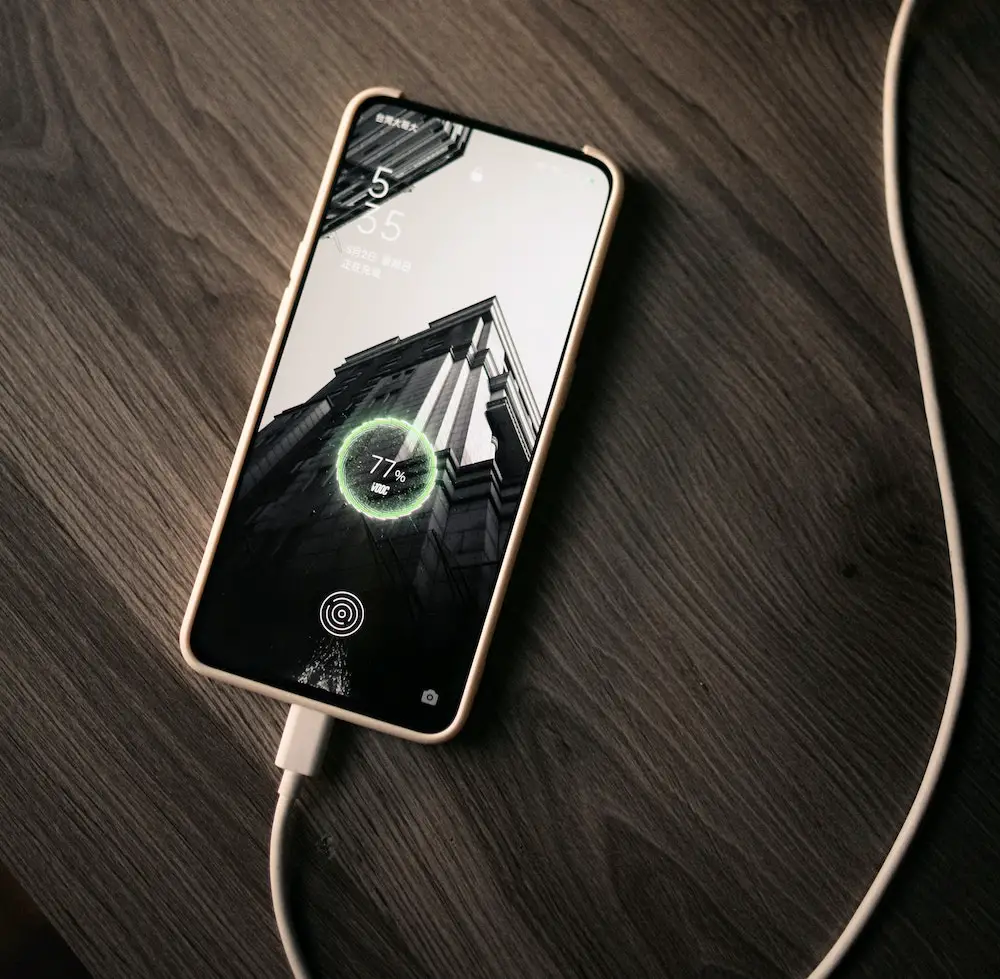Common Reasons Why Your iPhone Isn’t Charging and How to Fix Them
If your iPhone is not charging, it can be a frustrating experience. Fortunately, there are several common reasons why this may occur and some simple solutions to help you get your device back up and running.
1. Faulty Charging Cable: The most common cause of an iPhone not charging is a faulty charging cable or port. Check the cable for any visible damage such as fraying or bent pins, and try using a different cable if possible. If the issue persists, try cleaning out the port with a soft cloth or compressed air to remove any dust or debris that may be blocking the connection.
2. Software Issues: Another potential cause of an iPhone not charging could be software related issues such as corrupted files or settings that prevent it from recognizing the charger properly. To fix this issue, try restarting your device by holding down both the power button and home button until you see the Apple logo appear on screen. If this doesn’t work, you can also try resetting all settings by going into Settings > General > Reset > Reset All Settings which will restore all settings to their default values without deleting any data from your device.
3. Battery Issues: Over time, battery performance can degrade due to normal wear and tear which can lead to slow charging speeds or even no charge at all in some cases. To check if this is causing your issue, go into Settings > Battery and look at the “Maximum Capacity” percentage which should ideally be around 80%. If it’s lower than that then it could indicate that your battery needs replacing in order for it to charge properly again so consider taking it into an Apple store for repair if necessary .
4 . Wall Outlet Issues : In some cases , wall outlets may become damaged over time due to wear and tear , resulting in poor connections when trying to charge devices . Try plugging something else into the outlet first , such as a lamp , in order to test whether there is an issue with power supply before attempting further troubleshooting steps .
By following these steps , you should be able to identify what is causing your iPhone not charging problem so that you can take appropriate action accordingly .
What to Do When Your iPhone Won’t Charge: Troubleshooting Tips
If your iPhone is not charging, it can be a frustrating experience. Fortunately, there are several troubleshooting steps you can take to try and resolve the issue.
First, check the charging cable and port for any visible damage or debris. If either of these appear to be damaged or blocked, replace them with new ones. Additionally, make sure that the charger is plugged into a working outlet and that it is compatible with your device.
Next, try using a different power source such as a laptop or wall outlet to see if this resolves the issue. If not, try resetting your device by pressing and holding both the Sleep/Wake button and Home button until you see the Apple logo appear onscreen.
If none of these steps work, contact Apple Support for further assistance in resolving your issue.
The Pros and Cons of Wireless Charging vs Plugging in Your iPhone
Wireless charging and plugging in your iPhone are two popular methods of charging your device. Each has its own advantages and disadvantages, so it is important to understand the pros and cons of each before deciding which one is best for you.
The main advantage of wireless charging is convenience. You don’t have to worry about finding a power outlet or dealing with tangled cords; all you need to do is place your phone on the wireless charger and it will start charging automatically. This makes it ideal for people who are always on the go or who don’t want to be bothered with cords.
However, there are some drawbacks to wireless charging as well. For one, it tends to be slower than plugging in your phone directly into a power outlet, so if you need a quick charge then this may not be the best option for you. Additionally, wireless chargers can be more expensive than traditional chargers, so if cost is an issue then this may not be the most economical choice either.
Plugging in your iPhone directly into a power outlet has its own set of advantages as well as disadvantages. The main benefit of this method is that it tends to charge faster than wireless chargers; however, this also means that you have to deal with cords which can get tangled easily and take up space when not in use. Additionally, if you forget or lose your charger then replacing it can be costly since Apple charges more for their official cables compared to third-party options available online or at stores like Walmart or Target.
In conclusion, both methods have their own pros and cons depending on what type of user you are and what kind of lifestyle you lead; therefore, understanding these differences will help ensure that whichever method you choose works best for your needs and budget!
